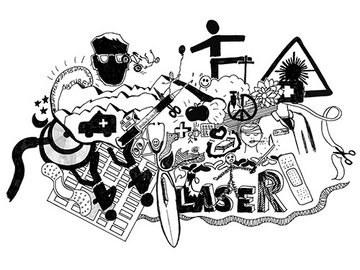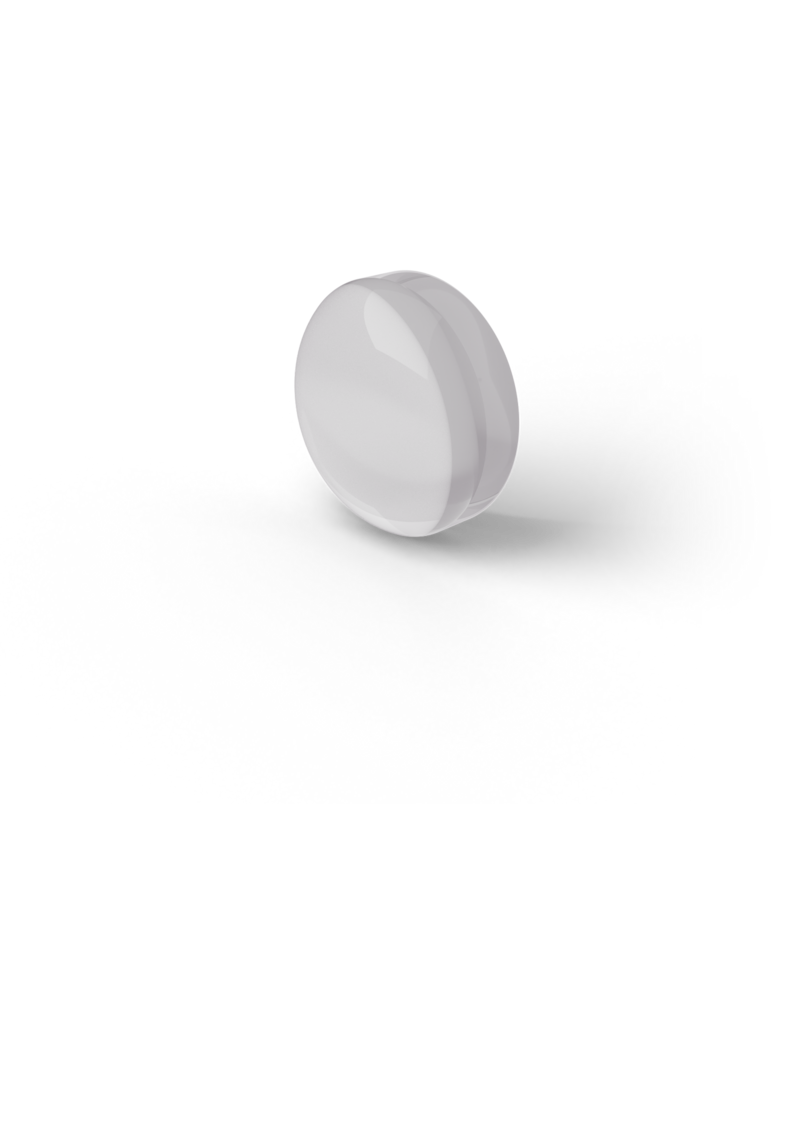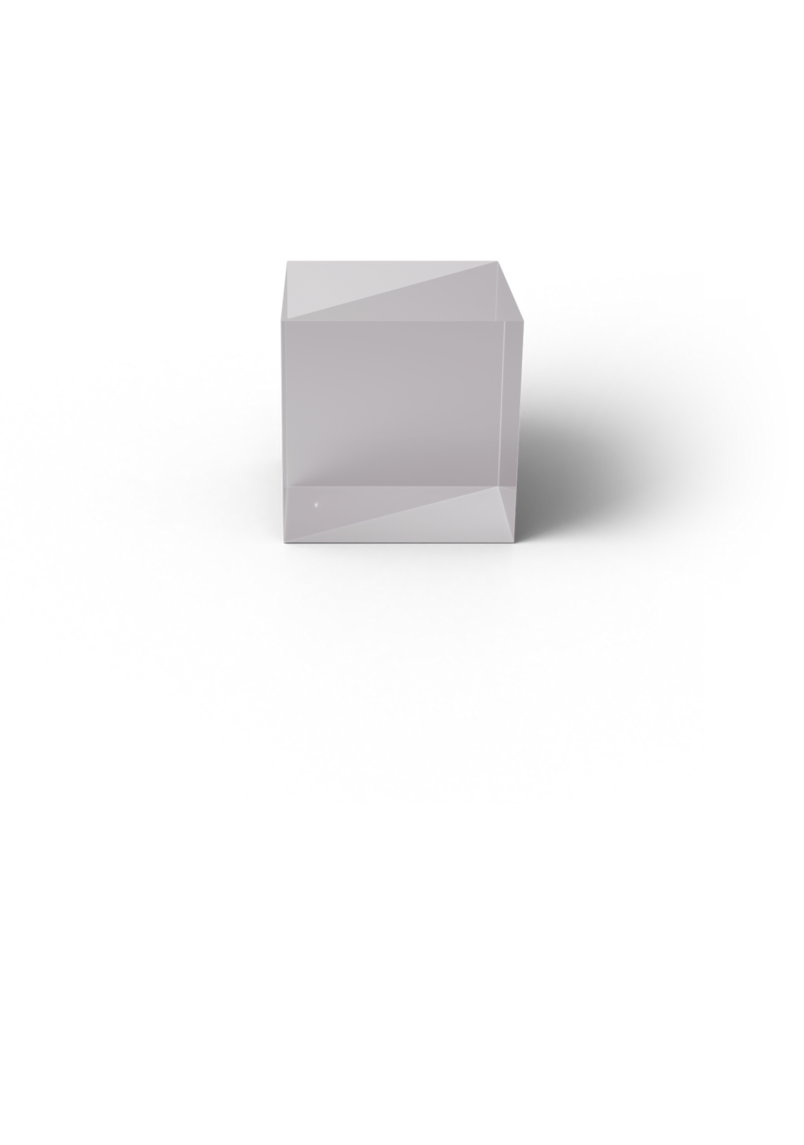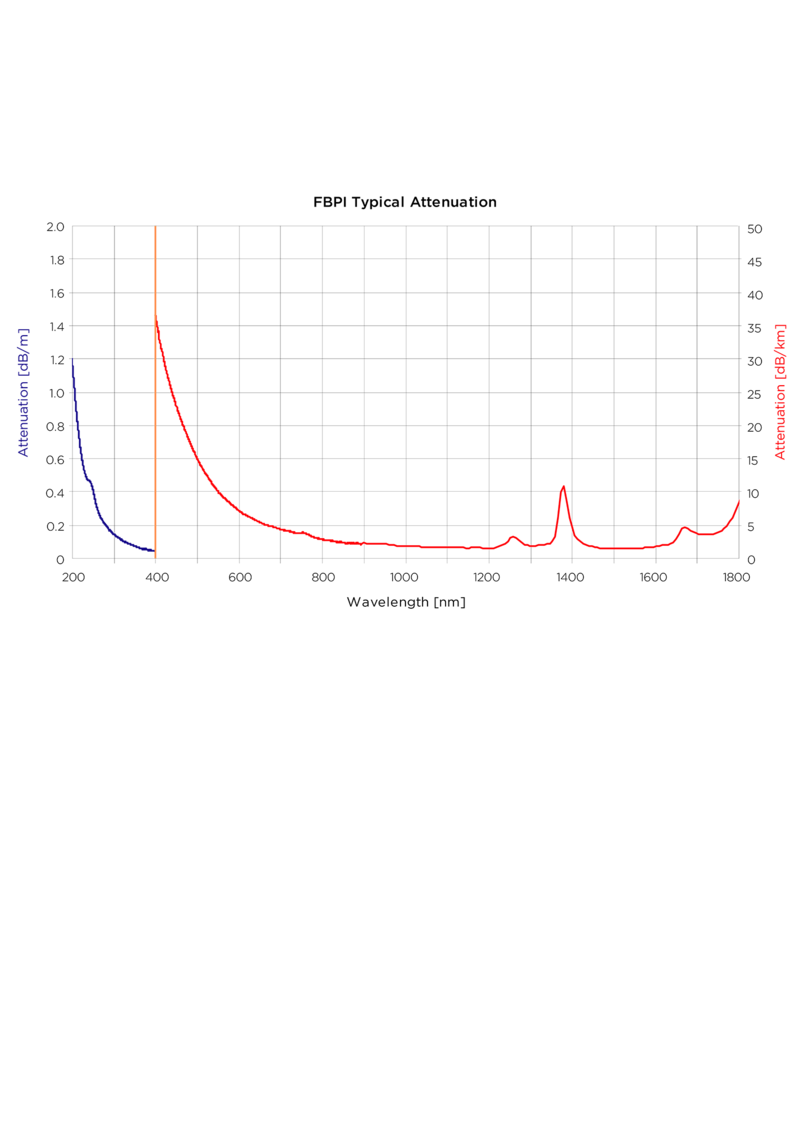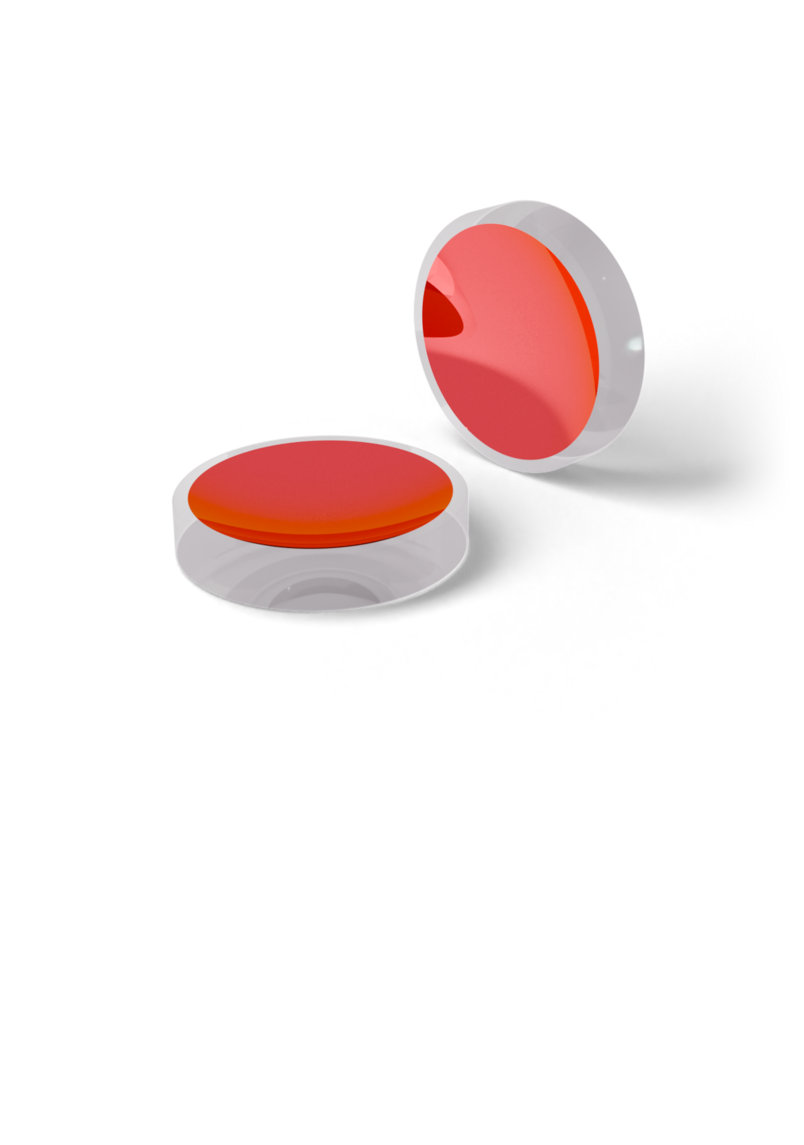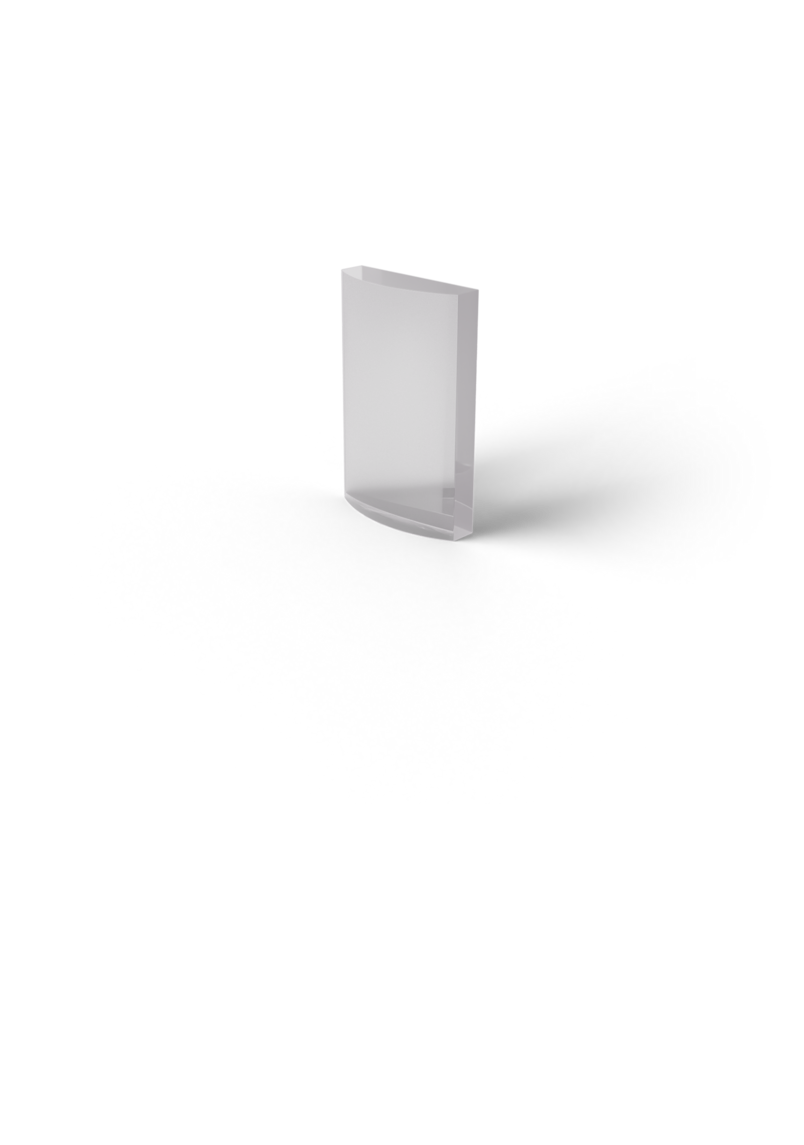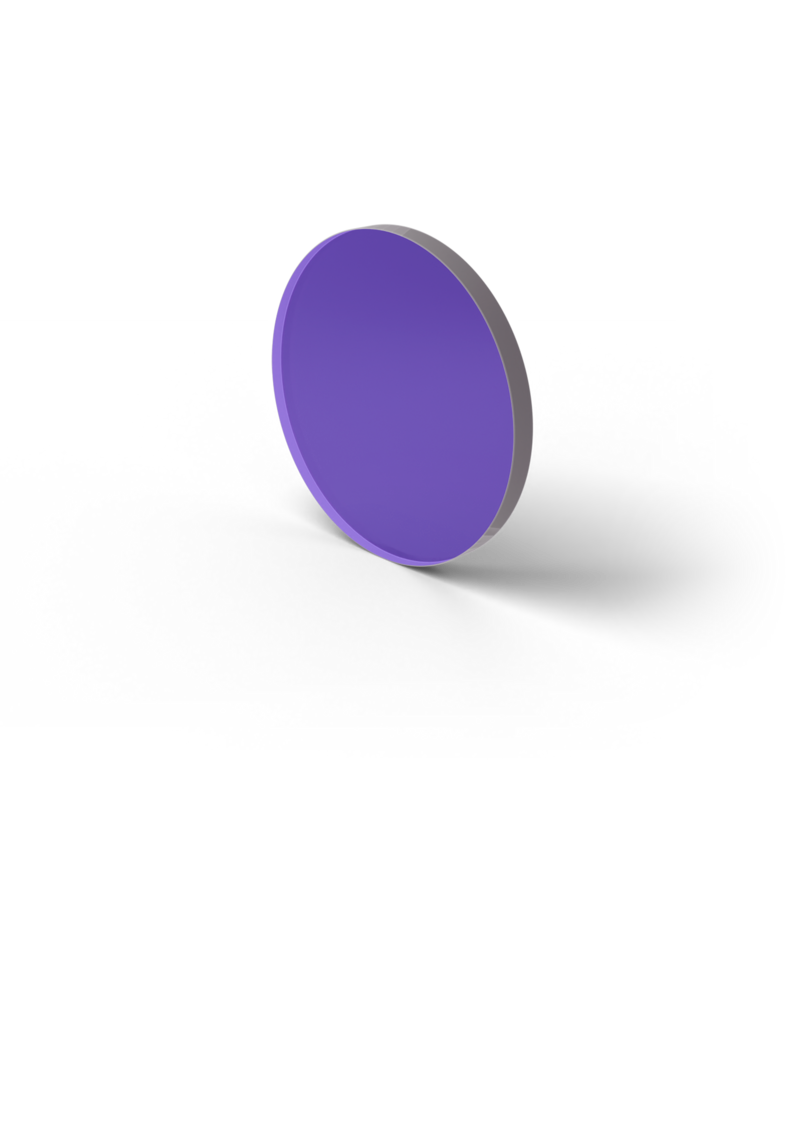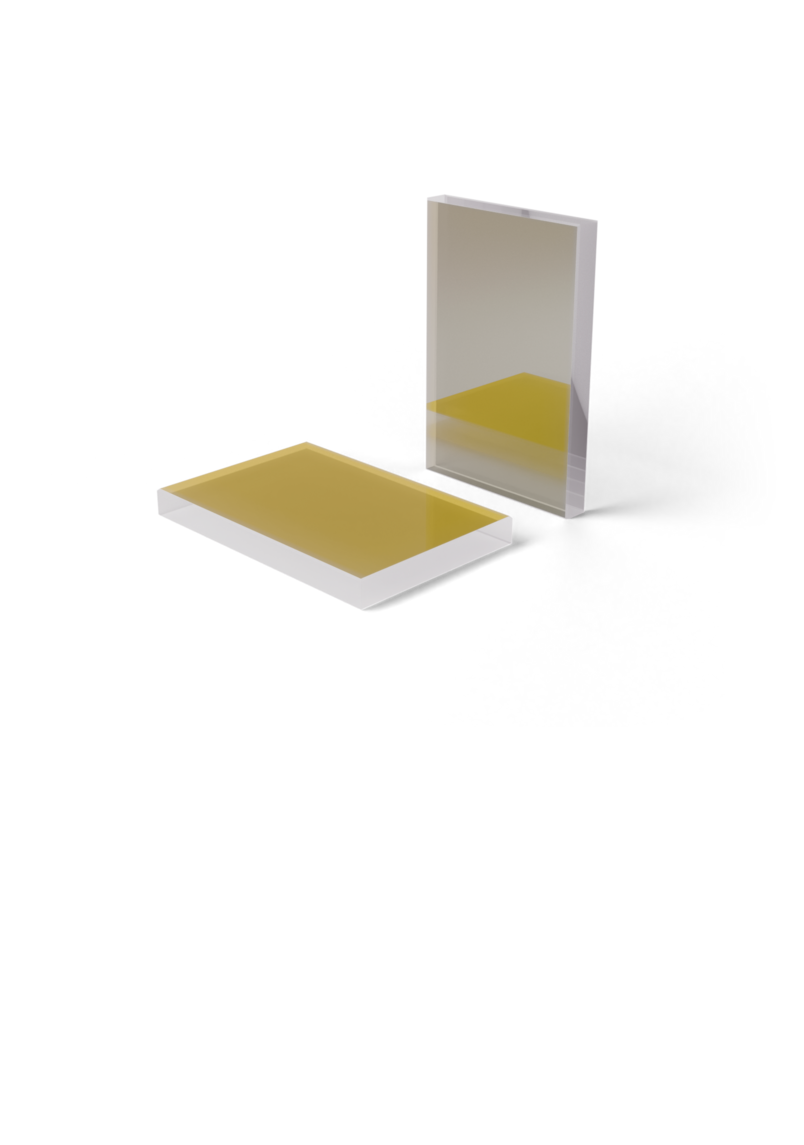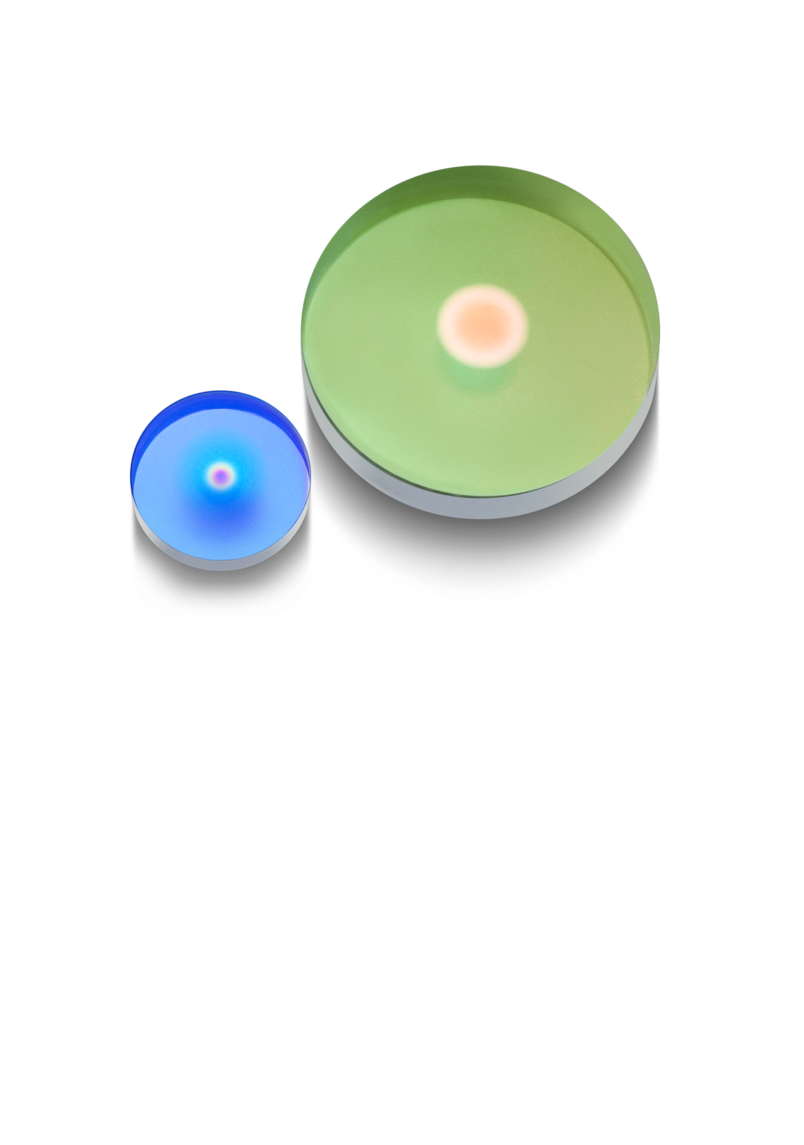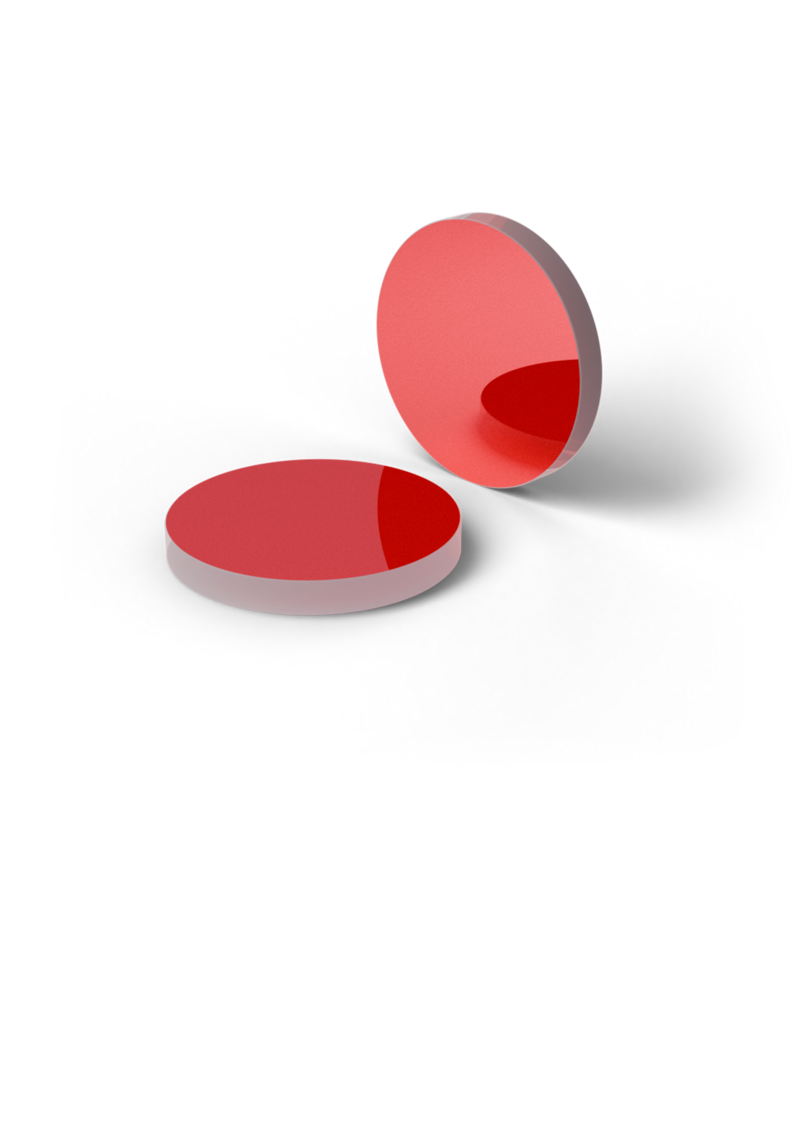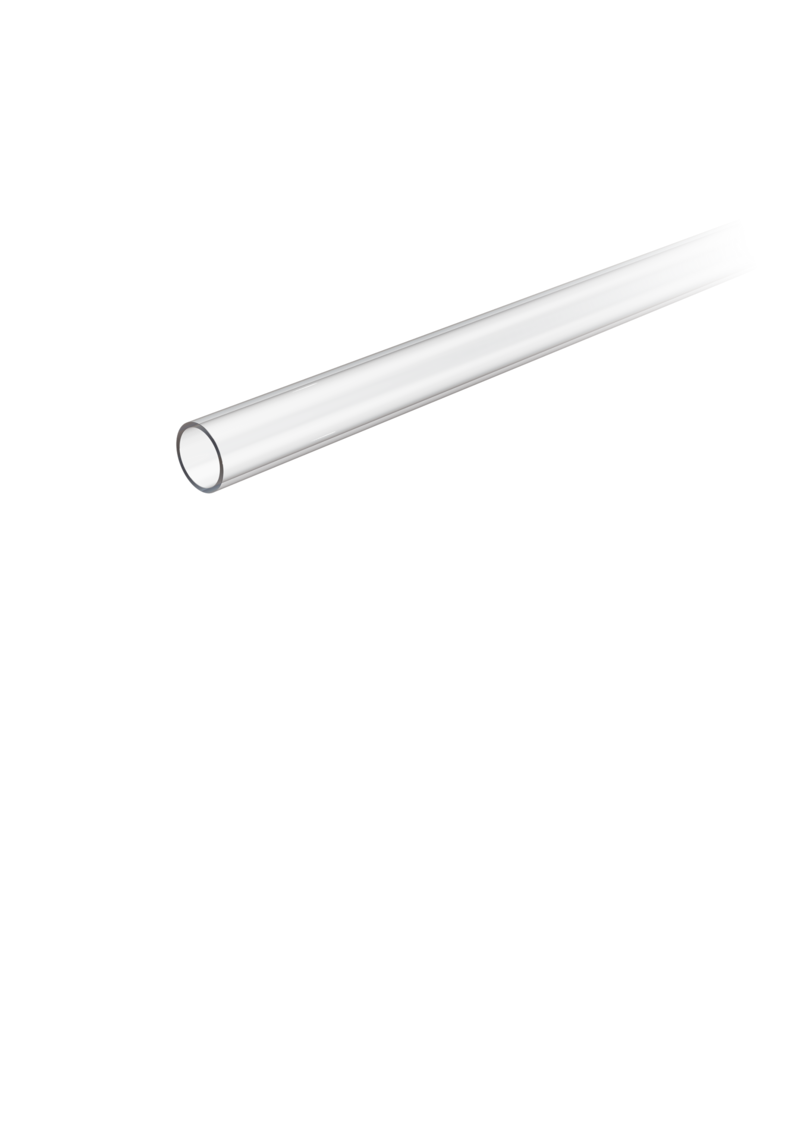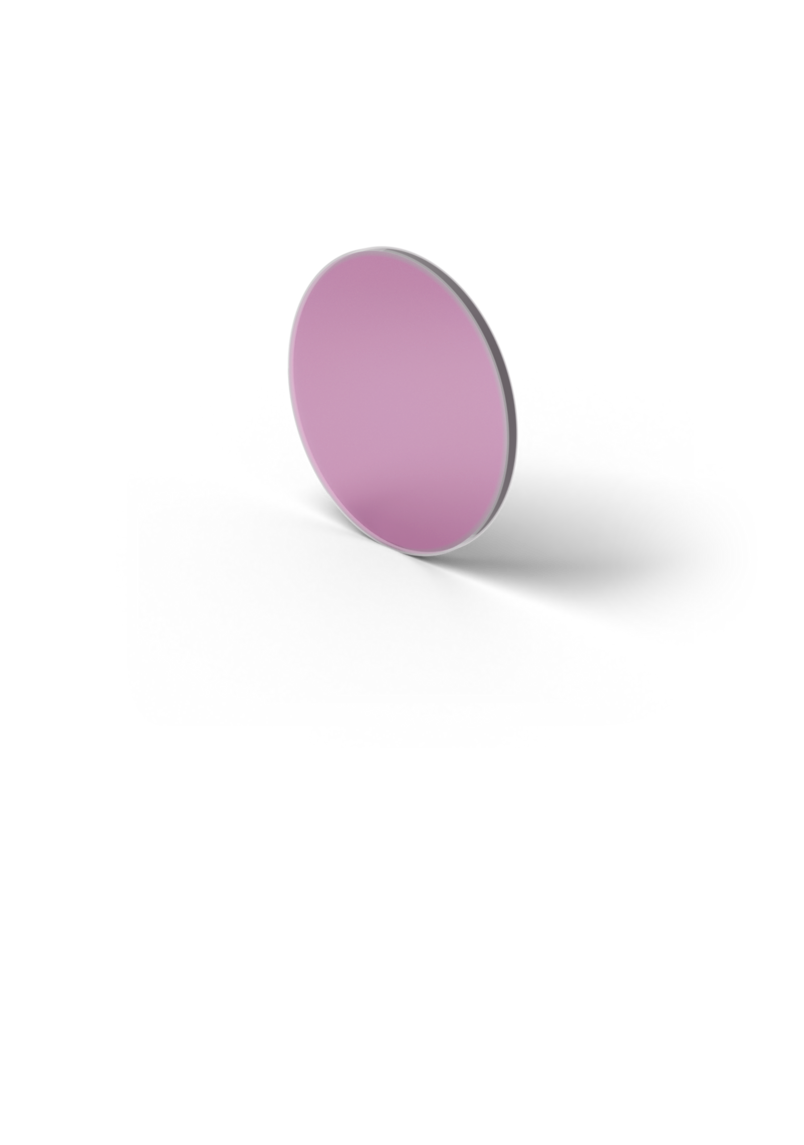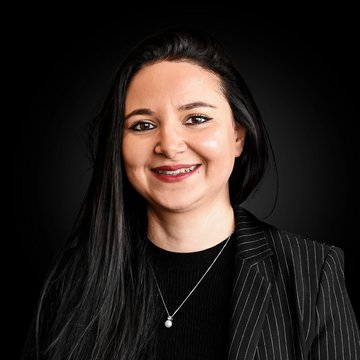How Lasers Got Their Start in Medical Technology
Gary Hayes, Laser Components USA, Inc.
The healing power of light has been known for millennia. In fact, it is said that even the Greek and Ancient Egyptians once built solariums. Rooms equipped with colored glass were used to cure illnesses.
Einstein‘s research results on stimulated emissions impressed medical scientists as early as 1917 – even if they only had a rough sense of how this light would be used later on in treatment.
Theodore H. Maiman introduced the first functioning laser at Hughes Research Labs: a Rubin laser with a wavelength of 694 nm. [1]
History
Beyond Borders
The First Medical Laser
A laser was first used in medicine in 1961: At the Columbia Presbyterian Medical Center in Manhattan, Dr. Charles J. Campbell, et al., used a Rubin laser to destroy a tumor on a patient’s retina [2]. The Rubin laser was also used by Dr. Leon Goldman, who published studies on the effect of laser beams on the skin in 1963 [3] and used the beam to remove tattoos. Goldman is considered a pioneer. He began his research in 1960 and, early on, founded the American Society of Laser Medicine. At the optoelectronics conference in Munich in 1979, he was officially honored as the “Father of Laser Medicine” [4].
The 1980s
When LASER COMPONENTS started its production of high-power laser optics with high damage thresholds in 1986, laser medical technology was being used for very different disciplines. The progressive requirements in this market increased the demand for all types of high-quality lasers.
The optical components used in the laser are critical elements. They affect not only the design of the device but the quality of the laser beam as well. LASER COMPONENTS recognized this new market and seized the opportunity to produce custom, high-quality laser optics, resulting in the OEM business it is today.
Minimally Invasive Surgery
Today, lasers are often used in minimally invasive surgery (MIS): German-born Kurt Semm is considered the initiator of state-of-the-art endoscopic surgery. He first carried out laparoscopic appendix surgery at the University Hospital of Kiel in 1980 [5]. Optoelectronics facilitated the breakthrough of endoscopic procedures: CCD cameras made it possible to record live images inside the body on a monitor.
Laser Technology in Endoscopy
Laser technology was also quickly applied to endoscopic applications. In the early 1990s, this technology experienced a boom and was acquired as a surgical tool in state-of-the-art operating equipment in hospitals. This method, which is also known as keyhole technology, has immense advantages: The tissue can be treated in a gentle and targeted manner without damaging the surrounding area. Patients can look forward to a quick recovery, reducing the length of hospital stays.
Medical Laser Applications
Lasers not only achieve extraordinary results in MIS, but they are used in many areas of medicine as well.
Diagnosis & Usecases
Beyond Borders
Fluorescence
Lasers can be used in the excitation of fluorescent marker substances, which are required in tissue analysis (cells) and physiological testing (e.g., the analysis of brain activity) [6]. Excitation is carried out via UV diode lasers.
Optical Tweezers
Optical tweezers are used, for example, to examine movements in individual muscle fibers. Laser sources in the near infrared range are used that have a TEM00 beam profile. [6], [7]
OPHTHALMOLOGY
Lasers are used to correct ametropia. Femto Lasik procedures which use excimer lasers and femtosecond lasers are described in the following pages.
CARDIOLOGY
Stents are cut from metal. Laser material processing with ultrashort pulse lasers makes it possible to create very fine structures.
DERMATOLOGY
Pigment changes, skin changes, or tattoo removal: Rubin or pulsed dye lasers are often used in dermatology and aesthetic medicine to treat blemishes or extensive redness. Spider veins can be treated with long-pulsed Nd:YAG lasers, and the ablation of liver spots or acne scars can be carried out with CO2 lasers.
KIDNEY STONES
If extracorporeal shock wave therapy (ESWT) is not effective or if large kidney stones have to be removed, they can be shattered in a minimally invasive manner with a Hol:YAG laser.
TUMOR REMOVAL
Lasers are used successfully in surgical oncology: Ho:YAG or Tm:YAG lasers are used to cut, for example, tumors from tissue in the urethra, bladder, ureter, or kidneys. [8]
Sources
Beyond Borders
[1] F. K. Kneubühl, M. W. Sigrist: Laser. Teubner, 1991 3. Aufl. S. 4
[2] Lasers in Ophtalmology: Basic, Diagnostic, and Surgical Aspects; 2003, Kugler Publications, S. 115
[3] Goldman L, Blaney DJ, Kindel DJ, et al (1963) Effect of the laser beam on the skin: Preliminary rport. J Invest Dermatol 40:121-122
[4] idnps.com/basics/history-of-aesthetic-laser/1-2-birth-of-medical-laser-in-the-1960s-background/
[5] www.ag-endoskopie.de/geschichte-der-endoskopie-ii
[6] Prof. Dr. Dieter Suter; Experimentelle Physik III, Einführung in die Medizintechnik, S. 242 ff., 2015
[7] lpmt.biomed.uni-erlangen.de/mediafiles/Teaching/ILS_Bachelor/BiophysModul/Praktikum%20optische%20Pinzette.pdf (Zugriff: 20.10.2016)
[8] www.jenasurgical.com/de/urologie/ (Zugriff: 20.10.2016)
Product Overview
Laser Optics for medical lasers

Click here
LASER COMPONENTS France - Your competent partner for optical and optoelectronic components in France.
Welcome to LASER COMPONENTS S.A.S., your expert for photonics components. Each product in our wide range of detectors, laser diodes, laser modules, optics, fiber optics, and more is worth every Euro (€/EUR). Our customized solutions cover all conceivable areas of application: from sensor technology to medical technology. You can reach us here:
45 Bis Route des Gardes
92190 Meudon
France
Phone: +33 (0) 139 595 225
Email: serviceclient(at)

